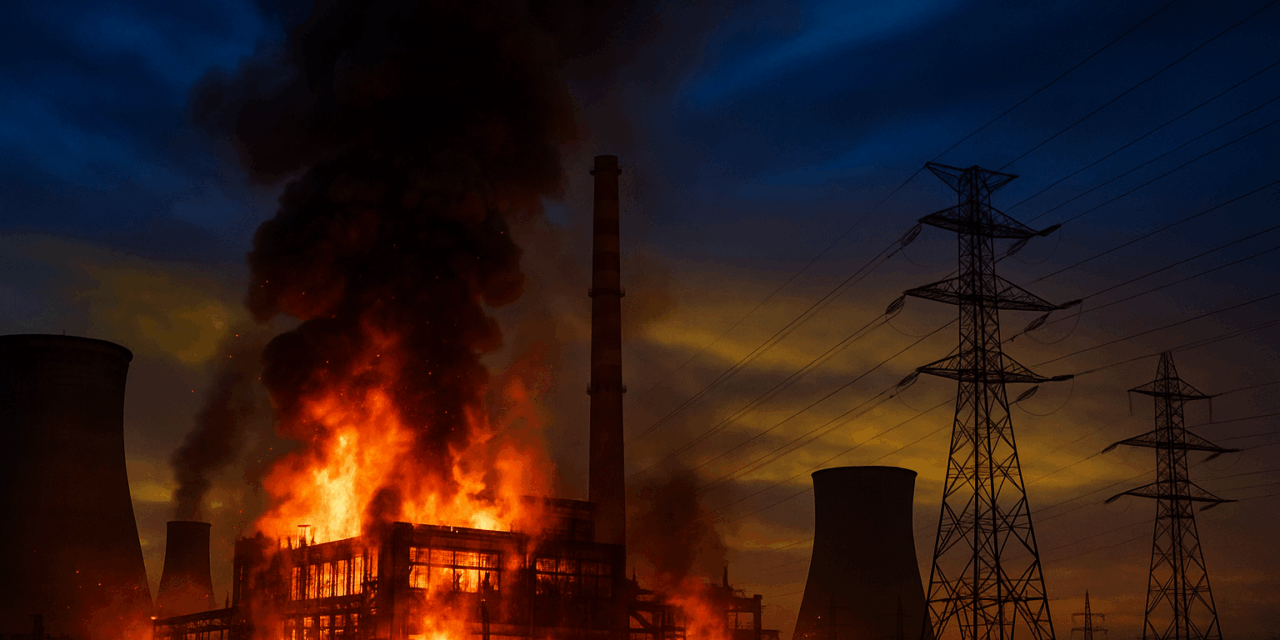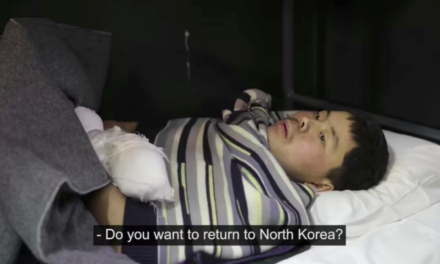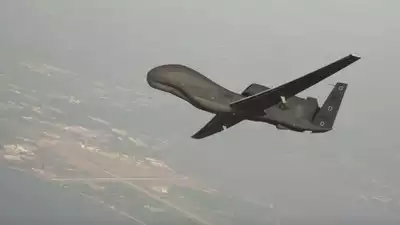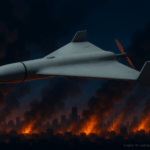Introduction
Russia bad weather attack is how President Volodymyr Zelenskiy described the latest strikes. He said Moscow waited for low clouds and rain. As a result, Ukraine’s air defenses lost about 20–30% effectiveness. The tactic worked. Parts of Kyiv went dark. Water service faltered. Even the Dnipro metro link paused.
What happened on Oct 10
Overnight salvos targeted energy nodes. Drones and missiles hit multiple regions. Consequently, repairs started immediately. By afternoon, about 380,000 customers still lacked power. Crews rerouted supply and replaced damaged gear. The blow was serious, yet not fatal. Services returned district by district.
Why the weather mattered
Low ceilings clutter radars. Rain degrades optical tracking. Therefore, detection ranges shrink. Engagement timelines also compress. Russia exploited that window. It stacked waves to stress interceptors. Moreover, foul weather hampered recovery flights and patrols. The combination reduced Ukraine’s margin for error.
Ukraine’s air-defense gap
Zelenskiy listed 203 critical energy facilities. Each needs protection. However, coverage remains thin. Ukraine still awaits clarity on 10 promised systems. Those units would help plug key gaps. Additionally, they would ease the strain on scarce interceptors. Until then, commanders must shift assets constantly.
Frontline note: Dobropillia
Russian troops tried to push near Dobropillia. Ukrainian units held the line. In fact, they report enemy losses and a retreat. The frontline stays fluid. Nevertheless, the grid remains a prime target. Strikes aim to sap morale and logistics.
What to watch next
Kyiv expects a fresh “coalition of the willing” meeting this month. Faster deliveries would matter. So would hardening substations and transformers. Operators also need more decoys, shelters, and mobile reserves. Finally, tactics must adapt for foul-weather interception. Winter is close. Protection of the grid cannot slip.












